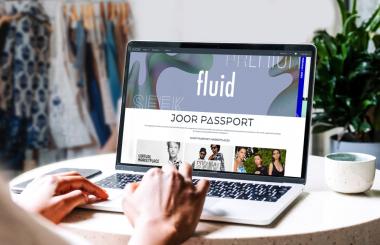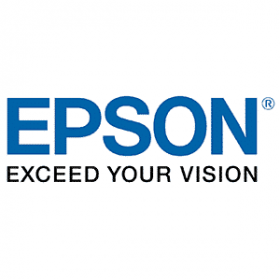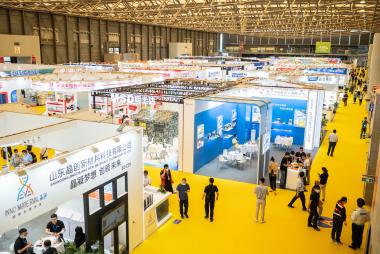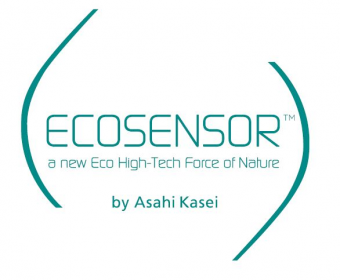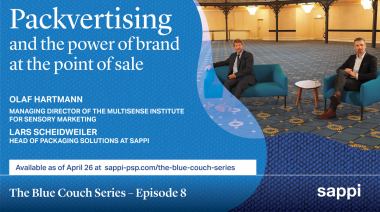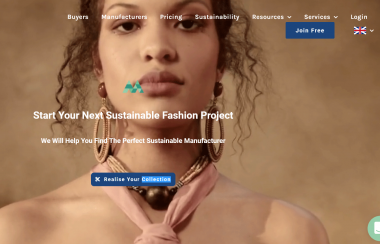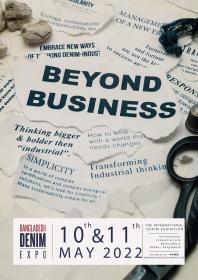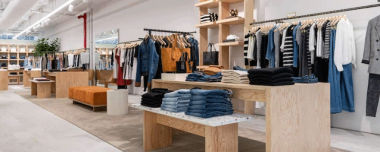BTE fordert Politik auf, Ladenöffnung sicherzustellen
Angesichts des kürzlich vorgelegten Berichts des Sachverständigenausschusses und der laufenden Beratungen um das neue Infektionsschutzgesetz fordert der BTE die Politik auf, künftig auf unangemessene und wissenschaftlich kaum noch begründbare Corona-Maßnahmen zu verzichten. Schließlich gebe es auch mehr als zwei Jahre nach Beginn der Pandemie keinerlei Belege, dass im Nonfood-Handel ein erhöhtes Infektionsrisiko für die Kunden existiert. Die Schließung von Textil-, Schuh- und Lederwarengeschäften in 2020 und 2021 sei also epidemiologisch sinnlos und willkürlich gewesen, so der Verband. „Zudem bestehen heute ernsthafte Zweifel, ob die Zugangsbeschränkungen für den stationären Handel angesichts der unsicheren wissenschaftlichen Datenlage überhaupt verfassungsgemäß sind“, konstatiert BTE-Hauptgeschäftsführer Rolf Pangels.
Für die gesamte Outfitbranche sei die Öffnungsfrage überlebenswichtig. Schließlich litten stationäre Textil-, Schuh- und Lederwarengeschäfte handelsweit mit Abstand am stärksten unter den Zwangsmaßnahmen, da saisonale Modekäufe in der Regel nicht von den Kunden nachgeholt werden. „Und aufgrund der aktuell schlechten Konsumstimmung liegen die Umsätze im ersten Halbjahr vielfach immer noch deutlich unter dem Vor-Corona-Niveau“, berichtet der BTE-Hauptgeschäftsführer.
Nach über zwei Jahren Pandemie, die laut BTE-Berechnungen zu Umsatzausfällen von insgesamt rund 15 Milliarden geführt haben, sind die Rücklagen vieler Unternehmer aufgebraucht und die staatlichen Hilfen waren vielfach unzureichend. „Tausende stationäre Textil-, Schuh- und Lederwarengeschäfte werden daher erneute gravierende Corona-Zugangsbeschränkungen oder sogar Lockdowns wirtschaftlich nicht verkraften können“, prognostiziert Pangels.
Pangels appelliert an die Politik: “Wir wollen unsere Geschäfte offenlassen und unsere motivierten und qualifizierten Mitarbeiter nicht für fragwürdige Zugangskontrollen einsetzen. Lassen Sie uns unseren Job machen! Dieses Land steht vor der härtesten wirtschafts- und sozialpolitischen Krise seit der Wiedervereinigung. In dieser Situation können Milliarden-teure und damit volkswirtschaftlich nicht mehr finanzierbare Verkaufseinschränkungen oder Geschäftsschließungen keine adäquaten Mittel sein!“
BTE Handelsverband Textil Schuhe Lederwaren











